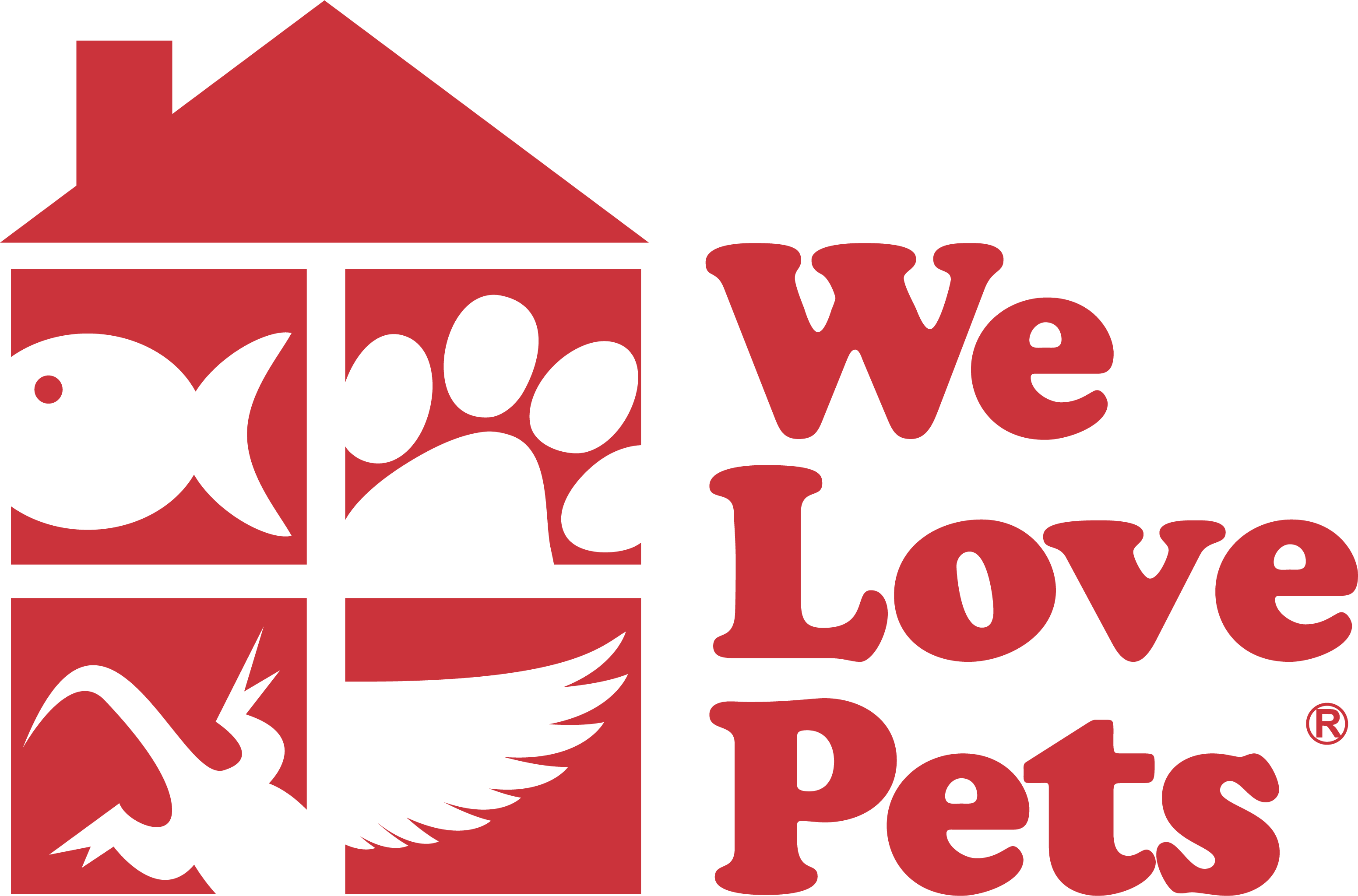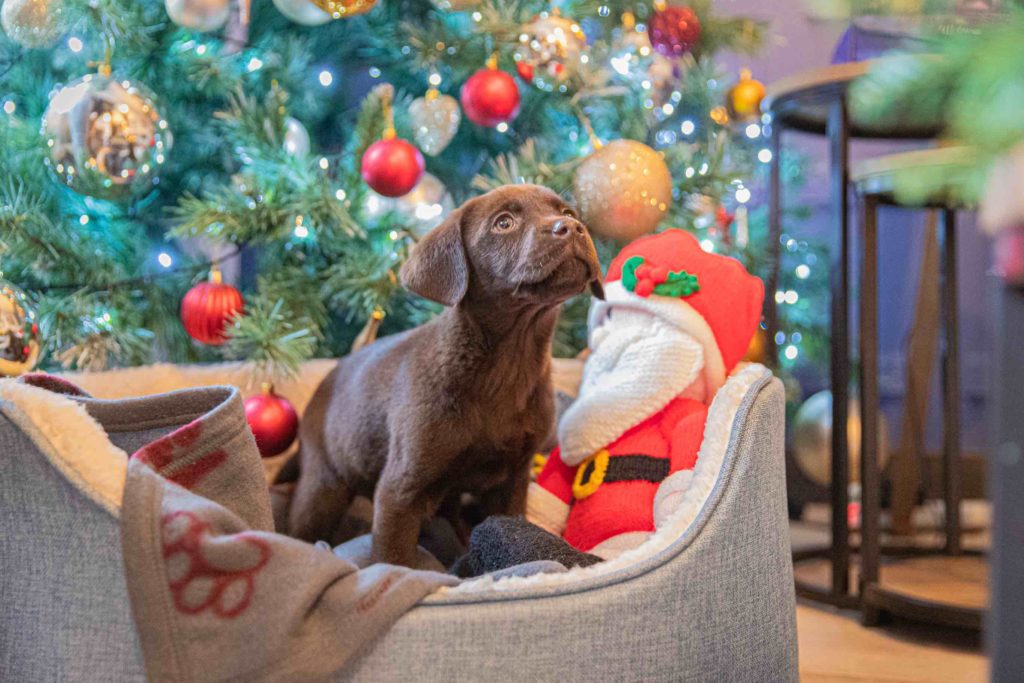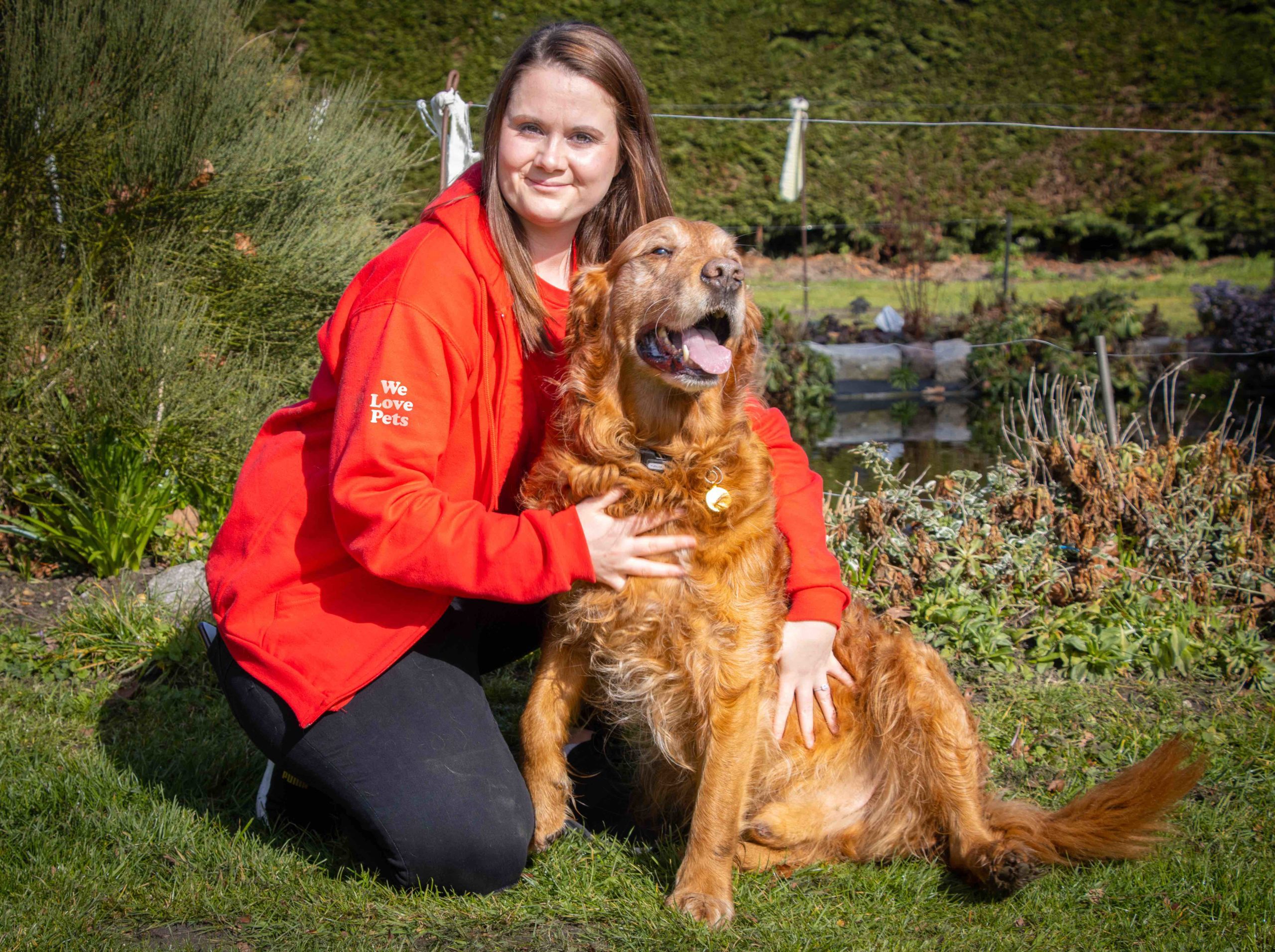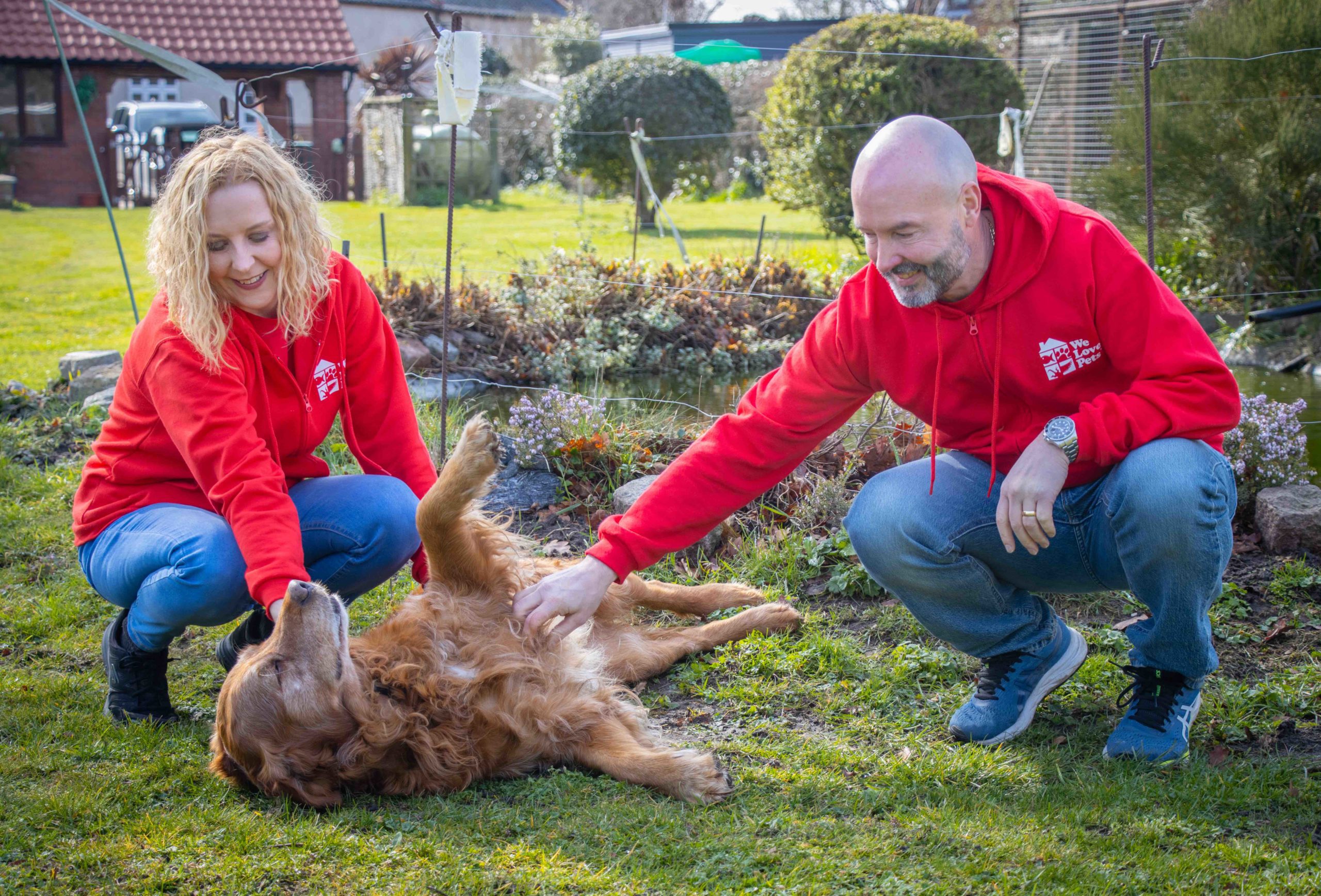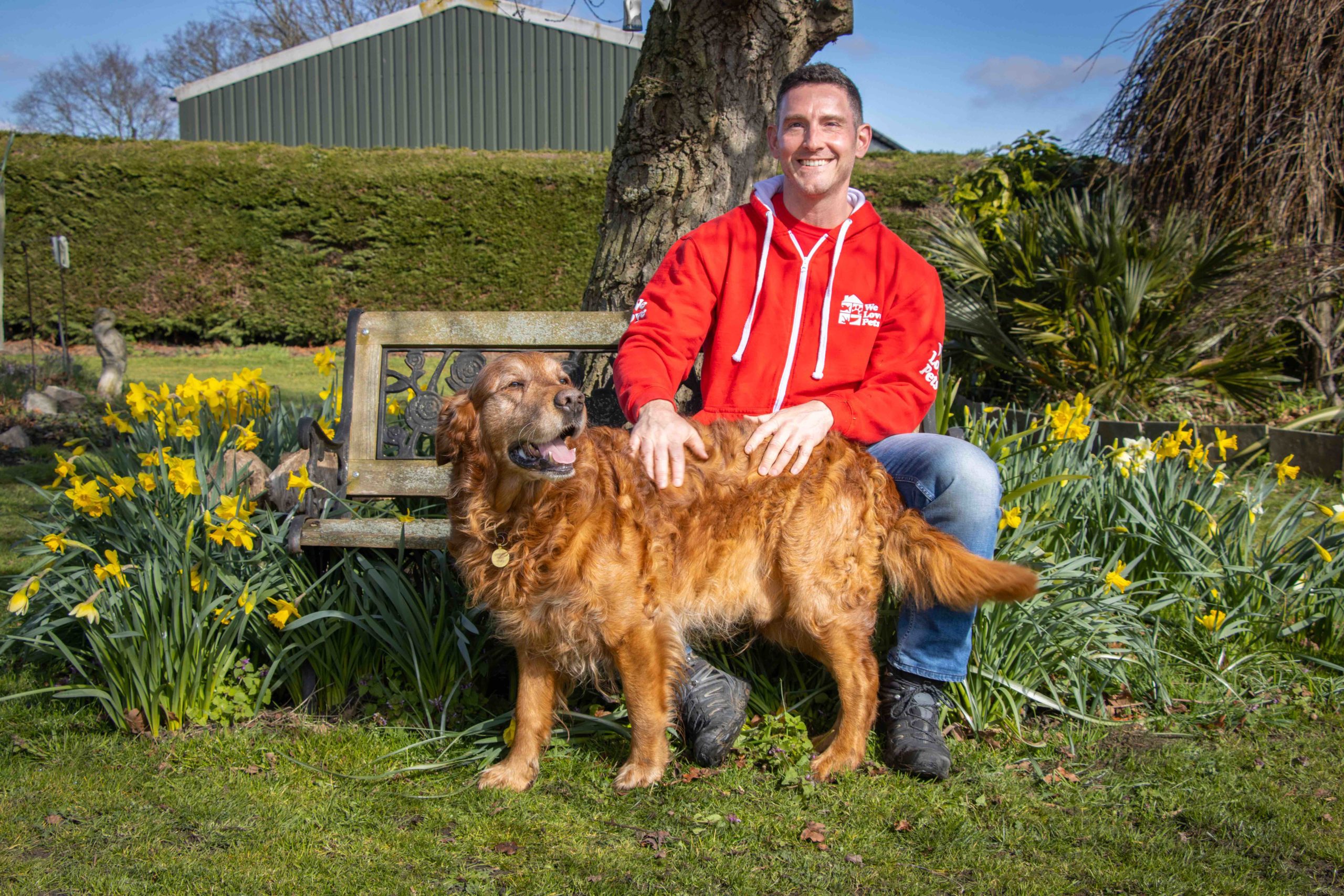With Christmas only a few days away, the clock is ticking to get those final stocking stuffers! When considering chew toys and treats for your pup, we advise against the festively shaped and coloured rawhide chews, and here’s why:
What are rawhide chews?
Rawhide chews are a byproduct of the leather industry, and they’re made from the inner layers of cow and horse hides. The hides go through several processes to turn them into the shaped chews that we buy in our supermarkets and pet stores. These are some of the most common practices:
- Hides are placed in high salt brines or chemical baths to slow tissue decay
- They are often treated with lime to separate fat from skin
- Hair may be removed by a combination of chemical and physical practices
- Hides are washed and whitened using bleach and hydrogen peroxide, and some countries permit the use of arsenic and formaldehyde
- Finally, the hides are cleaned, ground or cut, glued together, and shaped
Many companies use meat flavourings, such as chicken and pork, to make their rawhide products more appealing to dogs. Unfortunately, they’re not classified as food for humans or dogs, so there are little to no regulations enforced in their production.
Why are they dangerous?
If the processes detailed above don’t explain it, here are some of the other reasons that rawhide chews are dangerous for your canine friends.
The chemical substances used for manufacturing the chews are highly toxic, and traces tend to remain on the rawhides themselves, which can irritate your dog’s digestive system. Additionally, some dogs may have allergic reactions to the additives that cause extreme inflammatory reactions, and jeopardise your dog’s wellbeing. And with any animal byproduct, rawhides can carry contaminating bacteria species, such as salmonella – another threat to your dog’s digestive system and gut health.
Rawhides are supposed to be inedible, and only meant for chewing, but many dogs attempt to eat them. A lot of chewing can make the rawhide stringy and soft, and pieces can break off quite easily. If large pieces are swallowed, they may get stuck in the oesophagus and/or other parts of the gastrointestinal tract, which can cause damage to the tissue linings and potentially require surgery for removal and repair. If gone undetected, an obstruction could possibly result in death.
Many chews are made by gluing several layers of tough hide together, making a firm rawhide supposedly ideal for chewing, but also with the potential to damage your dog’s teeth!
Signs of irritation
If you have used rawhides in the past, and they’re still laying around, or if an unsuspecting friend or family member gifts one to your pooch, here are some signs of illness and irritation, so you can catch it quickly and nip it in the bud!
- Gagging
- Drooling
- Panicking
- Pawing at the mouth
- Regurgitation
- Repeated swallowing
- Vomiting
- Diarrhoea, with or without blood
- Fever
- Lack of energy
- Signs of pain
- Refusal to eat, or weightloss
Chew alternatives
Thankfully, over the last several years, veterinarians and the pet care industry have worked together to warn against the dangers of rawhide chews. Creative minds have come up with safe, engaging chew alternatives that will appease your dog’s urge to gnaw and simultaneously ensure their safety. We love to use Kong toys, which are made of durable, natural rubbers that are gentle on teeth and jaws, but equally stimulating and gratifying for your pup. They can be ordered in a range of styles and colours, and filled with a variety of tantalising treats, like these from We Love Nutrition!
Here are some general guidelines for chewing:
- Ask your vet for their recommended chewing guidance; for example, smaller dogs will need smaller chew toys that don’t overpower their jaw, and it’s a good idea to start with giving any dog just a few treats to see how their digestive system reacts.
- If you have more than one dog, we recommend separating them when giving them chew toys and treats to prevent them from feeling territorial and gulping big bites down quickly (which can of course cause obstructions and choking).
- Once a treat is small enough to swallow whole, take it away and possibly offer them a treat or different toy as replacement.
From all of us at We Love Pets, we wish you a Meowy Christmas and a Hoppy New Year!
